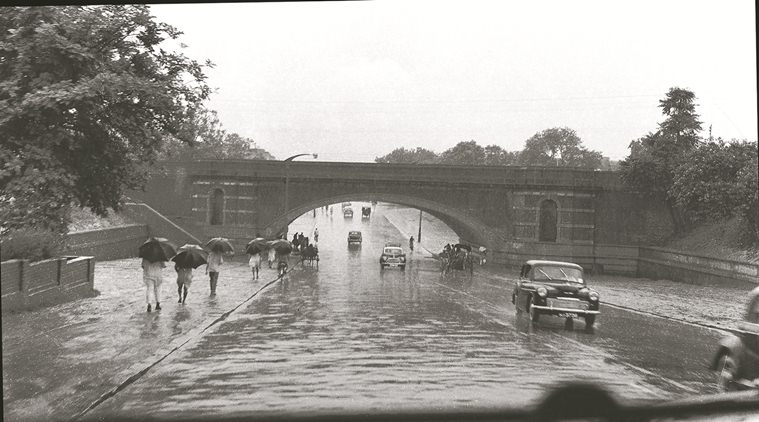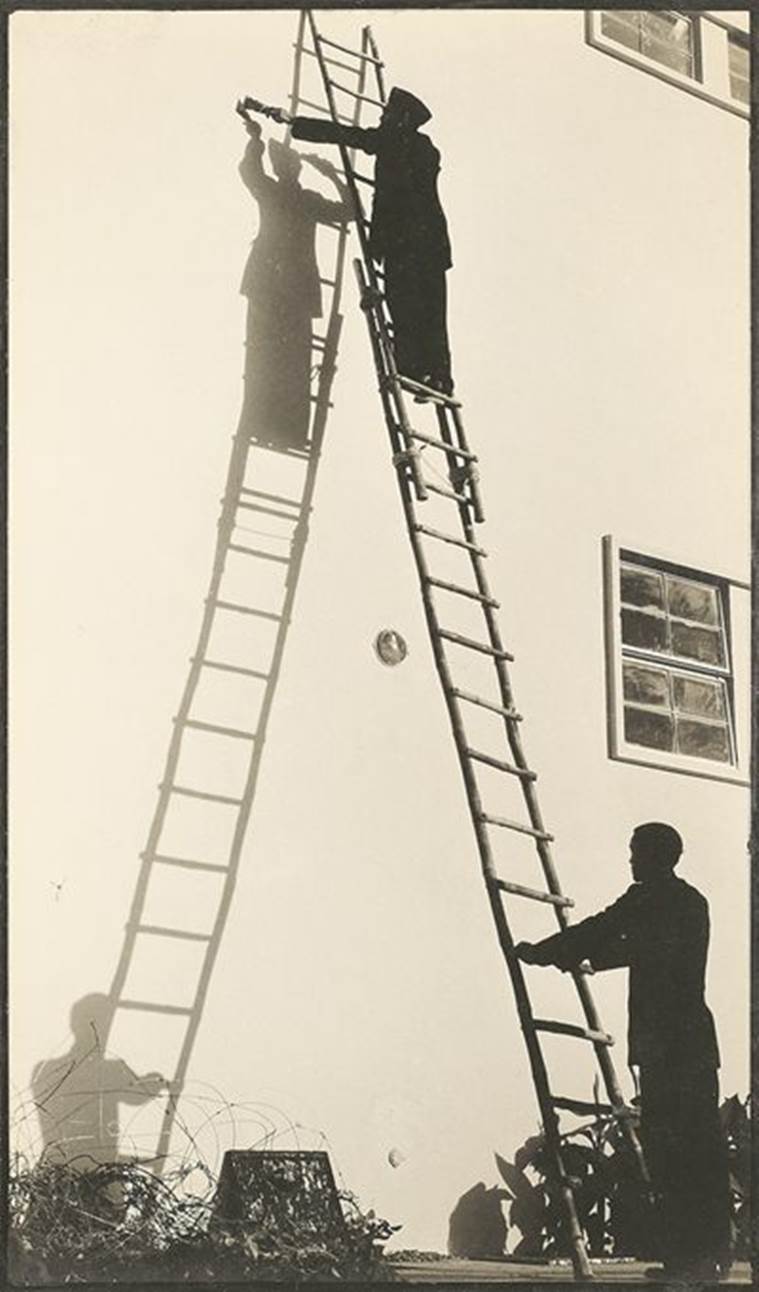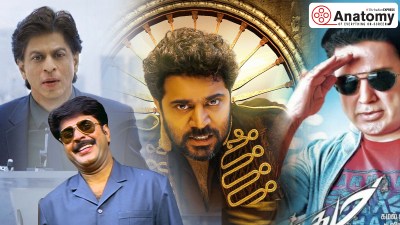- India
- International
Photojournalist Dhruva N Chaudhuri passed away on June 18
He is survived by his daughter Satarupa Chaudhuri, who works in the publishing industry.
 A rainy day at Minto Bridge, near Connaught Place, 1956. (Courtesy: Niyogi Books)
A rainy day at Minto Bridge, near Connaught Place, 1956. (Courtesy: Niyogi Books)
Dhruva N Chaudhuri was a teenager when he bought his first box camera. He would walk around Delhi taking photos. His father, writer Nirad C Chaudhuri, would take his three boys around and share history notes with them. Chaudhuri had shifted from Calcutta in June 1942, and had watched Delhi grow in the last seven decades. The photographer passed away on June 18. He was 86. He is survived by his daughter Satarupa Chaudhuri, who works in the publishing industry.
“He was forever an explorer and full of wonder. Last December, he had a show with All India Radio where he recounted his memories of Kolkata in the 1930s,” says Satarupa.”Dhurva was a simple soul, never after money or fame. But if something came his way, he’d be like an excited child talking about it,” says historian Narayani Gupta.
 Finishing Touches (School of Planning and Architecture, I P Estate- Renovation). Showcased in the exhibition Dawn Upon Delhi: Rise of a Capital, NGMA, New Delhi (13 February – 13 March 2012)/ Housed at the Alkazi Foundation)
Finishing Touches (School of Planning and Architecture, I P Estate- Renovation). Showcased in the exhibition Dawn Upon Delhi: Rise of a Capital, NGMA, New Delhi (13 February – 13 March 2012)/ Housed at the Alkazi Foundation)
Born on February 21, 1933, Dhruva started working at 18, as a photojournalist with The Statesman, to support his family. Over the years, he worked with various leading dailies and magazines in India, including The Illustrated Weekly of India. His books on the city, Delhi: Light, Shades, Shadows and New Delhi: Down the Decades, published by Niyogi Books, took readers through the days when the city’s imperial buildings were being built. He captured the lanes of Old Delhi, the Partition, the flood in river Yamuna, and life in Delhi University. In his third book Nirad C Chaudhuri: Many Shades, Many Frames, he told the story of his author-father, known for The Autobiography of an Unknown Indian (1951).
“He travelled to places such as Jaisalmer when it was still a goat city in the late 1950s. He was enchanted by the fort and his photos had became the inspiration for Satyajit Ray’s novel and film, Sonar Kella,” says Gupta. Dhruva was a professor of audiovisual communication at the Indian Institute of Mass Communication in the late 1960s, and taught photography at the School of Planning and Architecture, Delhi.
 Dhruva N Chaudhuri
Dhruva N Chaudhuri
The Alkazi Foundation for the Arts had held a tri-city exhibition at NGMA in Delhi, Mumbai and Bangalore, where his photographs of Delhi were part of a group show in 2012. Rahaab Allana of the Foundation says, “DN meticulously documented the city as a pictorialist. At the time, pictorial photographic salons were a range and his compositions leaned towards that style, which was inspired by the picturesque. His photographs showed his love for modernist architecture and his silhouettes were distinct. He had seen Delhi as a refugee city and how it transformed into the seat of power. However he was associated on the ground with labourers and workers, the actual builders of the new city, through his work. His photographs presented Delhi in the twilight.”

Two years ago, Dhruva visited Kashmere Gate with historian Sohail Hashmi. “We both were born in the area. We decided to visit his Mori Gate residence and requested the owners to let us sit on the terrace, where we remembered our childhood,” says Hashmi.
Apr 26: Latest News
- 01
- 02
- 03
- 04
- 05




































